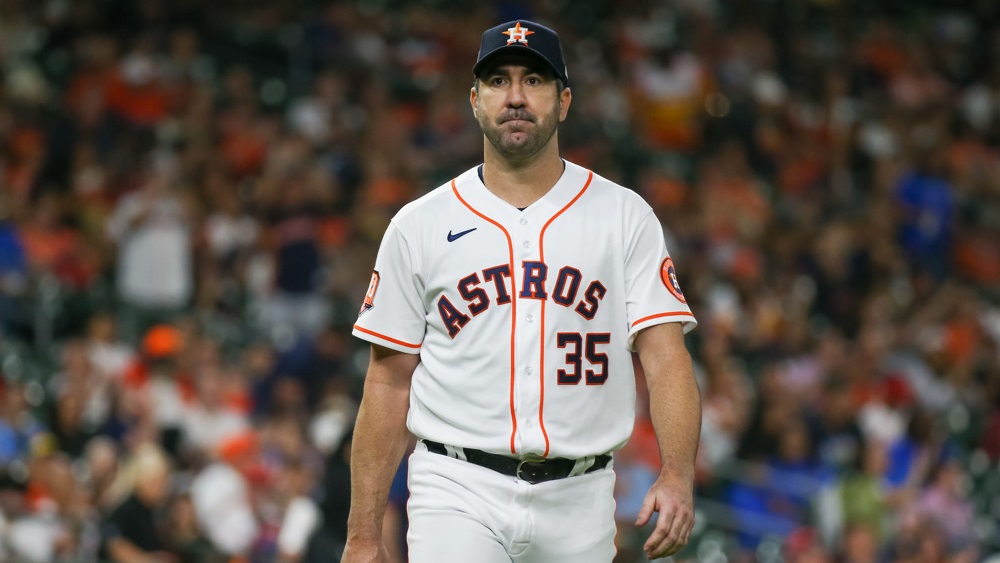The following is an article that appears in The Fielding Bible—Volume V. You can purchase the book at ACTASports, Amazon, or wherever books are sold.
By Mark Simon
Paul DeJong of the Cardinals tied for the MLB lead among shortstops with 26 Defensive Runs Saved last season.
That is a stat that should surprise you. Javier Baez dazzles regularly on highlight reels. Nick Ahmed has won two straight NL Gold Gloves. Trevor Story is one of a few heralded as the game’s standouts.
| Most Defensive Runs Saved—Shortstops (2019) | |
| Player | DRS |
| Paul DeJong | 26 |
| Javier Baez | 26 |
| Nick Ahmed | 17 |
| Trevor Story | 14 |
DeJong on the other hand is rather ordinary. He finished 10th among shortstops in our Scouts Defensive Rating system, which essentially serves as a proxy for the eye test. He ranked last among shortstops in Good Fielding Plays per 1,000 innings (in other words, he didn’t have a lot of Web Gems). There is nothing in watching DeJong that would make you think he was the DRS leader at shortstop in 2019.
But what DeJong did was play and he played well. He started 156 games at shortstop. He led all shortstops in putouts, was one shy of the lead in assists, and turned 29 more double plays than anyone else at the position (the widest gap between the leader and No. 2 since 1982).
DeJong was a product of both opportunity and of being good. In particular, DeJong rated highly on balls hit to his left (in other words, usually up the middle). He had a knack for the play in which he quickly shuffled left and fielded the ball behind second base, occasionally diving, but usually just having good anticipatory instincts and a quick first step.
Those balls didn’t get past Cardinals infielders. They converted 62% of groundballs hit past the mound and within 10 feet to the left or right of second base into outs, the second-highest rate in the majors.
DeJong converted 173 of 265 balls hit to his left in which he had a greater than 0% chance of making a play, a 65% out rate. Baez had a 67% rate. However, there are two things to keep in mind.
1) The expected out rate on DeJong’s balls was 57%. The expected out rate for Baez was 65%. In other words, the balls up the middle against DeJong had a higher degree of difficulty.
2) DeJong had 72 more opportunities on those balls, thus giving him more opportunities to be above average at making plays.
And DeJong’s 65% out rate on balls hit to his left was much better than Story (60%) and Ahmed (53%).
| Plays Made Above Expectations | |||
| Player | To His Right | Straight On | To His Left |
| DeJong | 11 | 2 | 22 |
| Baez | 12 | 6 | 8 |
| Story | 5 | 3 | 7 |
| Ahmed | 18 | 5 | -3 |
DeJong did this without sacrificing balls hit either to his right or those hit within his immediate vicinity. DeJong was 13 plays above average on those balls, which was better than Story. It wasn’t as good as Baez or Ahmed, but the gap between them wasn’t as large as the gap between the DeJong and everyone else on balls hit up the middle.
Want to look at this another way? Here’s a look at how often the top shortstops get an out on balls with a 25 to 75% out probability. This encompasses a wide swath of types of plays: from the challenging, but not impossible, to the routine, but not easy.
| Individual Out Rate on Batted Balls – With Out Probability Between 25% and 75% | ||
| Player | Actual
Out Rate |
Expected
Out Rate |
| DeJong | 66% | 51% |
| Baez | 66% | 53% |
| Story | 62% | 52% |
| Ahmed | 56% | 50% |
DeJong excelled because he fulfilled the bottom line. He got outs when he was supposed to get outs and got outs when he wasn’t supposed to get outs. The damage done on balls hit near him was minimal, more so than anyone at the position, similar to his teammate, two-time Fielding Bible Award-winning second baseman Kolten Wong.
Did this make DeJong one of the best defensive shortstops in baseball in 2019? That’s a question without a right answer. It’s a matter of opinion. There is a good case to be made for many. But if we stick to the facts, we can tell you that DeJong (and Baez) saved more runs than any other shortstop in the majors last season. It may be surprising, but it’s what the data shows.

